Simple working example:
.h file
@property (strong, nonatomic) CAGradientLayer *gradient;
.m file
- (void)viewDidAppear:(BOOL)animated
{
[super viewDidAppear: animated];
self.gradient = [CAGradientLayer layer];
self.gradient.frame = self.view.bounds;
self.gradient.colors = @[(id)[UIColor purpleColor].CGColor,
(id)[UIColor redColor].CGColor];
[self.view.layer insertSublayer:self.gradient atIndex:0];
[self animateLayer];
}
-(void)animateLayer
{
NSArray *fromColors = self.gradient.colors;
NSArray *toColors = @[(id)[UIColor redColor].CGColor,
(id)[UIColor orangeColor].CGColor];
[self.gradient setColors:toColors];
CABasicAnimation *animation = [CABasicAnimation animationWithKeyPath:@"colors"];
animation.fromValue = fromColors;
animation.toValue = toColors;
animation.duration = 3.00;
animation.removedOnCompletion = YES;
animation.fillMode = kCAFillModeForwards;
animation.timingFunction = [CAMediaTimingFunction functionWithName:kCAMediaTimingFunctionLinear];
animation.delegate = self;
// Add the animation to our layer
[self.gradient addAnimation:animation forKey:@"animateGradient"];
}
You might want to implement an additional method to shift the colors, and then reanimate the changes. But this should help you get there.

